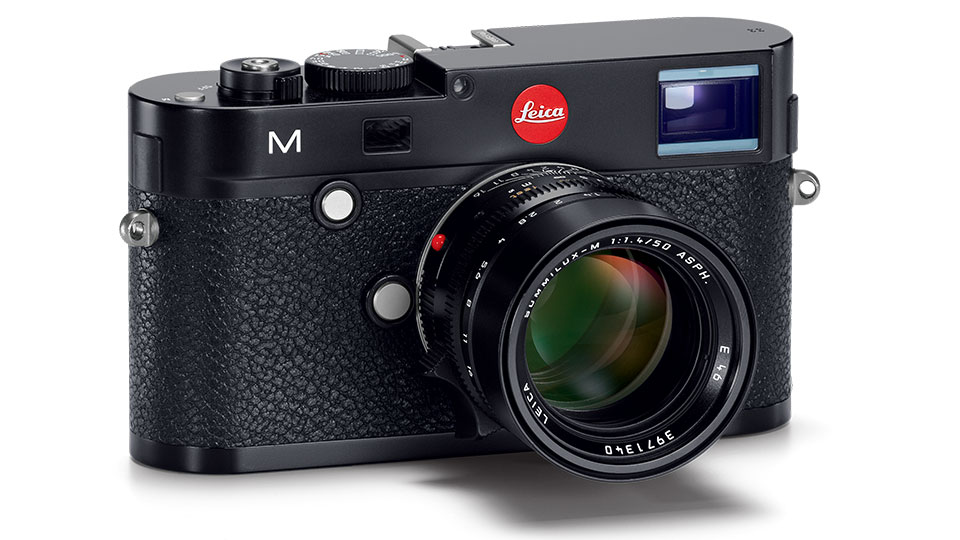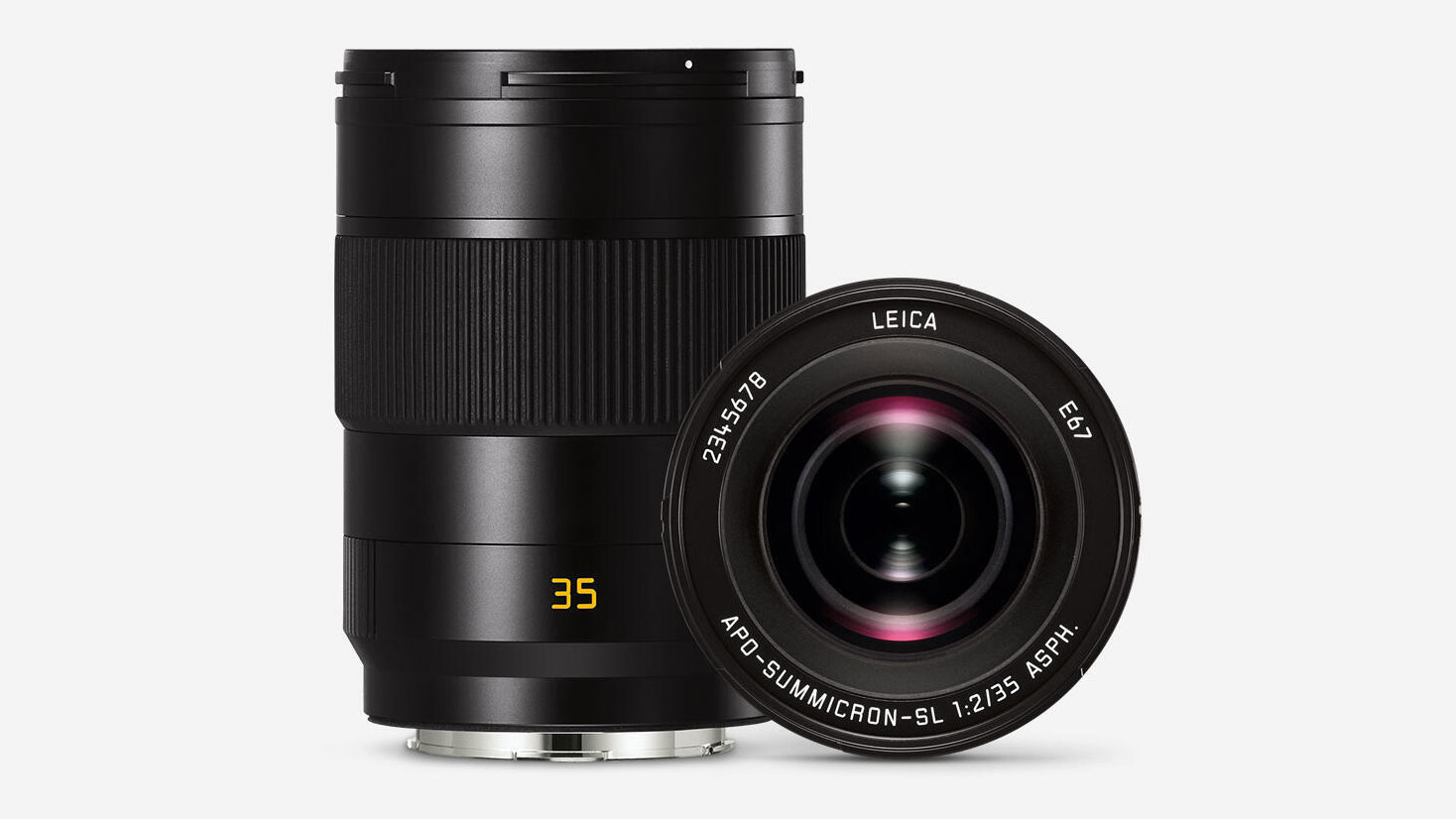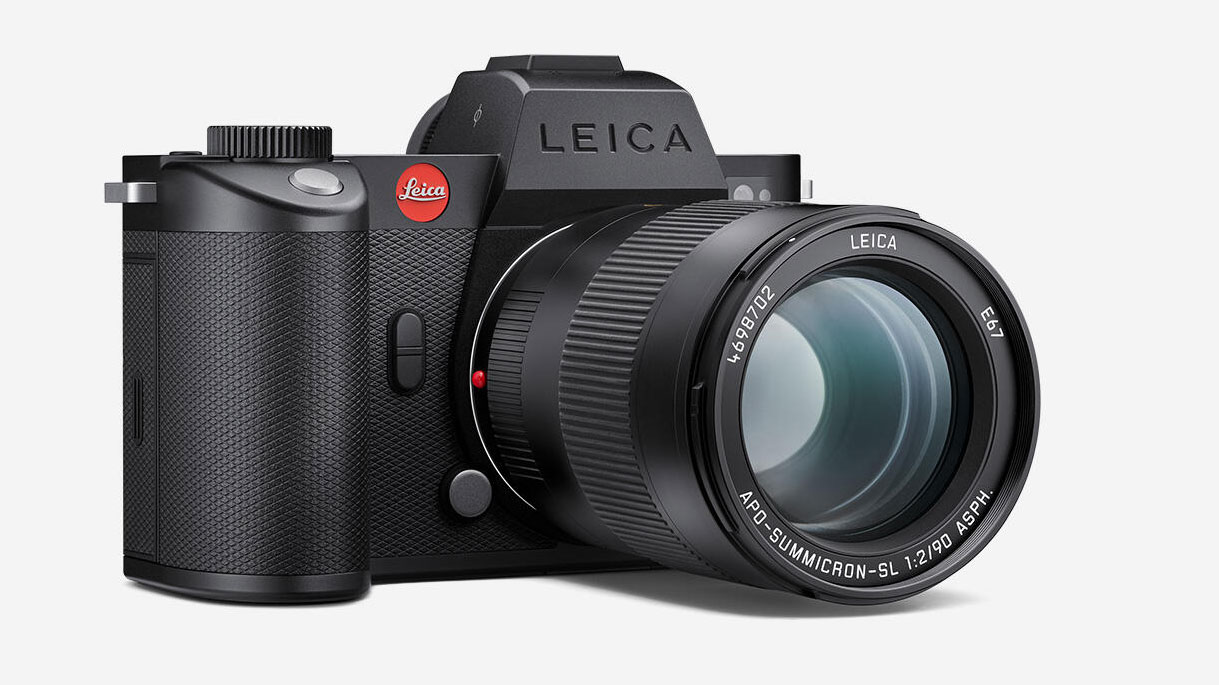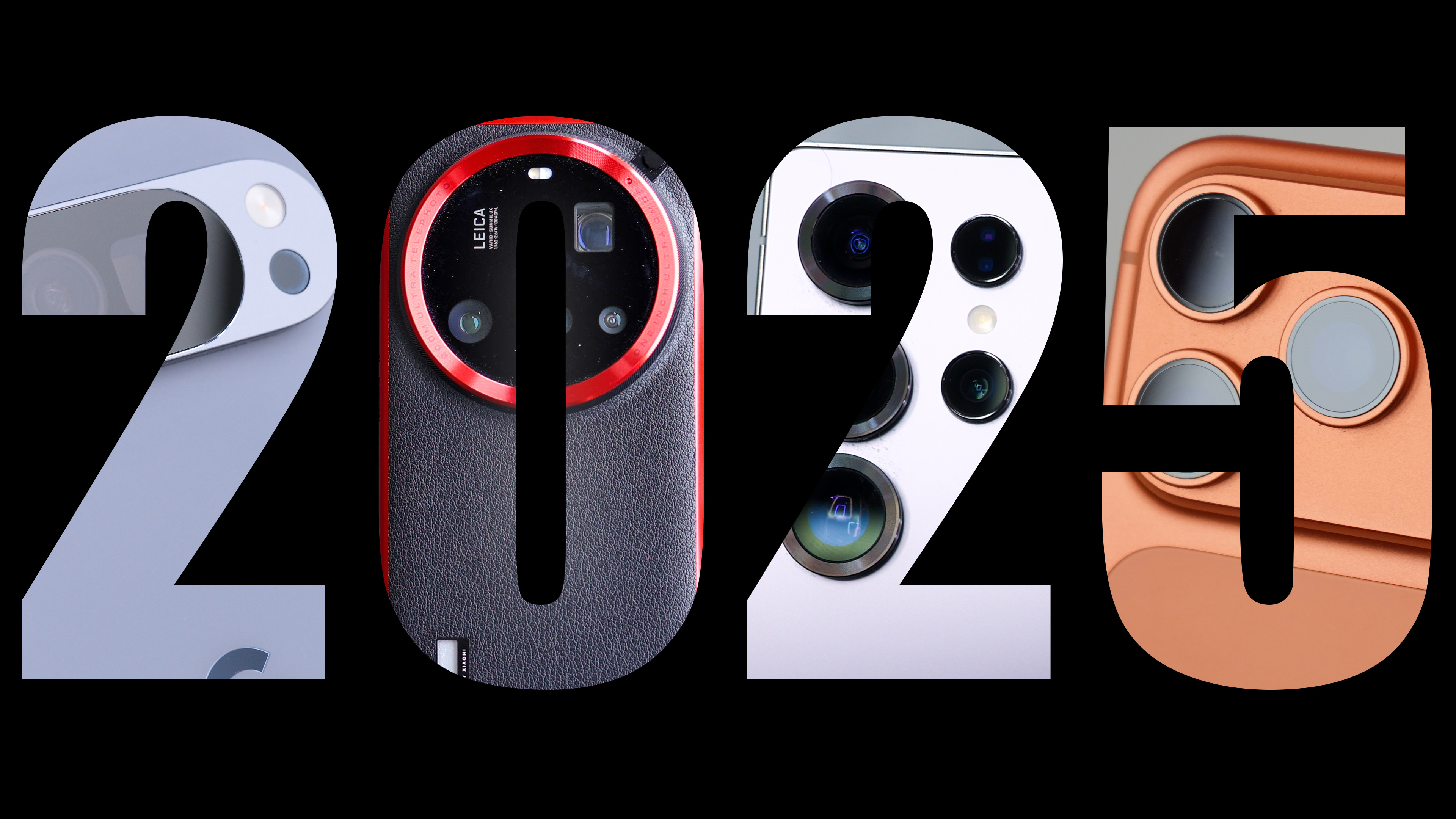Leica’s lens naming explained! The names are legendary, but what do they mean?
When is a Summilux better than a Summicron, and what (or who) is 'Elmar'? We unlock the secrets of Leica’s lens naming

Leica lenses don’t just offer some of the best and most characterful image rendering, they also have some of the best names. Who wouldn’t want a camera with a ‘Summilux’ lens, a ’Super-Vario-Elmar’, or – best of all – a ‘Noctilux’?
All these names might look a little random, but there is a system and, once you know it, you’ll be able to recognize Leica lenses in an instant.
It’s actually very simple. Each name indicates a lens with a specific maximum aperture (or very close to that). So let’s look at each of Leica’s lens names in turn.
• See the Digital Camera World A-Z Dictionary of photography jargon
Leica lens names and what they mean
Why you can trust Digital Camera World
• Noctilux (f/0.95-1.25): These are lenses with a maximum aperture wider than f/1.4. Leica does make Noctilux lenses with apertures from f/0.95 to f/1.25, so this is an aperture range rather than a specific aperture.
• Summilux (f/1.4): Summilux lenses are f/1.4 primes. These are mostly for the Leica M mount system, though there is a Summilux 50mm f/1.4 for the Leica SL range. Summilux lenses are somewhat larger than the next category…
• Summicron (f/2): Summicron lenses have a maximum aperture of f/2. In the Leica M range, these are smaller and lighter than Summilux lenses but still pretty fast. Most of the Leica SL prime lenses are Summicrons.
• Summarit (f/2.4): This is an in-between f/2.4 lens that’s not quite a Summicron, but still faster than an Elmarit (the next category), and there are several in the Leica M range.
Summicron lenses have a maximum aperture of f/2. In the Leica M range, these are smaller and lighter than Summilux lenses but still pretty fast.
• Elmarit (f/2.8): Elmarit lenses have a maximum aperture of f/2.8. There is only one Elmarit in the Leica M lens range, but there are two Elmarit zooms, or Vario-Elmarits, in the SL lens range. (They are variable aperture lenses, but they are f/2.8 at the wide angle end of the zoom range.
• Super-Elmar (f/3.4-3.8): The next aperture step is the Elmar lens, but in between there is a category of Super-Elmars (Elmar lenses but faster) in the f/3.4-3.8 range. There is also a Super-Vario-Elmar 16-35mm lens in the Leica SL range, with a maximum aperture of f/3.5 at the widest zoom setting.
• Elmar (f/4): Elmar lenses have a maximum aperture of f/4. There are a couple of Elmar M series primes, including a macro lens, and the interesting 16-18-21mm Tri-Elmar-M, which is not so much a zoom lens as a lens with three focal length settings, all with an f/4 maximum aperture.
• Summaron (f/5.6): The LEICA SUMMARON-M 28 mm f/5.6 is a one-off, a classic, super-compact (hence the small maximum aperture) Leica M lens re-engineered and re-issued for a modern audience.
So what’s a ‘Vario’?
This one is easy. In Leica language, a ‘Vario’ lens is a zoom. The lens name will have ‘Vario’ followed by whatever name is relevant from the list above, based on the lens’s maximum aperture (always at its shortest focal length).
So an f/2.8-f/4 zoom will be a ‘Vario-Elmarit’, and a f/3.5-5.6 zoom would be a ‘Super-Vario-Elmar’ ('Super' before 'Vario', not 'Elmar' in this instance). If Leica ever made an f/2-2.8 standard zoom (we can only dream), it would be a 'Vario-Summicron'.
Leica camera ranges explained
If the descriptions of ‘Leica M’ and ‘Leica SL’ camera ranges above have left you confused, here’s a quick guide:
• Leica M: This is the classic Leica rangefinder series, with compact, manual focus lenses based on classic designs but continually developed for modern digital cameras and audiences.
• Leica SL: These are modern mirrorless cameras that share the same L-mount now used by Panasonic and Sigma for their own full-frame cameras. These lenses are larger, with autofocus built in and more sophisticated aperture and exposure control.
• Leica TL: This is Leica’s ‘consumer’ mirrorless camera range, based around APS-C sensors and lenses, but compatible with the L-mount used by the full frame SL range. We don’t hear so much about the TL system these days, but it’s still around.
• Leica S: This is Leica’s medium format SLR camera system, which is rarely seen and fiendishly expensive, but does have a surprisingly extensive lens range of its own. At a price.
Right now, we’d say that the Leica M and Leica SL ranges are the most significant for regular consumers and professionals.
Read more:
• Best Leica cameras
• Best L-mount lenses
• Leica M10-R review
• Leica M10 Monochrom review
• Leica SL2 review
• Leica SL2-S review
The best camera deals, reviews, product advice, and unmissable photography news, direct to your inbox!

Rod is an independent photography journalist and editor, and a long-standing Digital Camera World contributor, having previously worked as DCW's Group Reviews editor. Before that he has been technique editor on N-Photo, Head of Testing for the photography division and Camera Channel editor on TechRadar, as well as contributing to many other publications. He has been writing about photography technique, photo editing and digital cameras since they first appeared, and before that began his career writing about film photography. He has used and reviewed practically every interchangeable lens camera launched in the past 20 years, from entry-level DSLRs to medium format cameras, together with lenses, tripods, gimbals, light meters, camera bags and more. Rod has his own camera gear blog at fotovolo.com but also writes about photo-editing applications and techniques at lifeafterphotoshop.com



